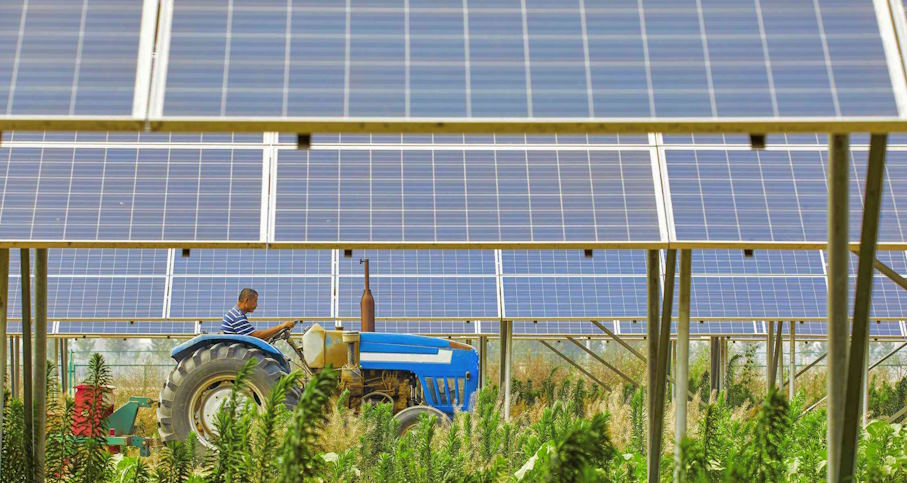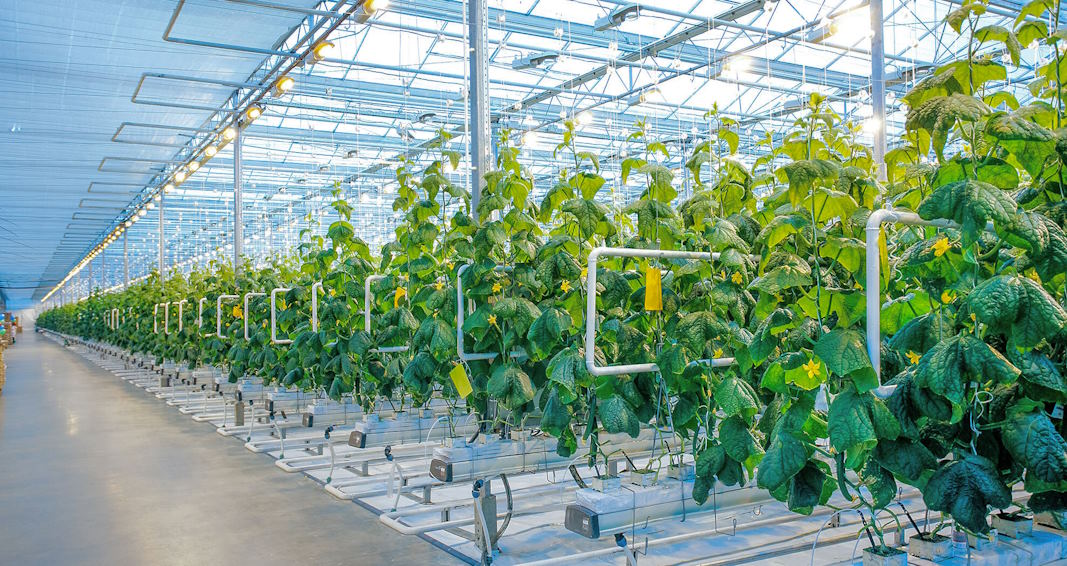
Rural and agriculture-based businesses form the backbone of many economies, contributing to food security, employment, and sustainable development. However, these businesses often face unique challenges in accessing the capital necessary for growth and innovation. State loan programs have emerged as crucial lifelines for these enterprises, providing tailored financial support and promoting economic vitality in rural communities.
Benefits and Impact of State Loan Programs
State loan programs for rural and agriculture-based businesses offer a wide range of benefits and have a significant impact on fostering economic growth and sustainability. Let’s explore some of these key advantages:
Increased access to capital for rural and agriculture-based businesses:
State loan programs address the challenge of limited access to traditional financing options faced by rural and agriculture-based businesses. By providing loans specifically tailored to their unique needs, these programs empower entrepreneurs and farmers to secure the capital necessary for investments, equipment upgrades, land acquisition, and working capital. This increased access to capital enables businesses to thrive and seize growth opportunities that would otherwise be unattainable.

Promotion of business growth and expansion:
State loan programs play a pivotal role in promoting business growth and expansion in rural areas. With access to affordable capital, businesses can invest in new technologies, expand their operations, and diversify their products or services. These programs enable businesses to innovate, improve productivity, and gain a competitive edge in the marketplace. As a result, rural businesses can grow their market share, increase revenues, and contribute to the overall economic prosperity of the region.
Job creation and economic development in rural areas:
State loan programs have a direct impact on job creation and economic development in rural communities. By supporting the growth of rural and agriculture-based businesses, these programs stimulate local employment opportunities. Whether it’s a small family farm, a food processing facility, or a rural manufacturing enterprise, the infusion of capital enables businesses to hire more workers, which in turn revitalizes rural economies. Increased employment not only improves the standard of living for local residents but also contributes to the overall economic stability of the region.
Support for sustainable and innovative practices:
State loan programs often prioritize sustainability and innovation in rural and agriculture-based businesses. By providing financing options that encourage sustainable farming practices, renewable energy adoption, and environmentally friendly technologies, these programs support businesses in reducing their ecological footprint. Furthermore, loan programs may offer incentives for implementing innovative practices, such as precision agriculture or value-added processing, which enhance efficiency and profitability while minimizing environmental impact. The combination of financial support and sustainability initiatives ensures that rural businesses can adapt to evolving market demands and contribute to a greener future.
Case studies and success stories:
State loan programs have a proven track record of success, as demonstrated by numerous case studies and success stories. These real-life examples showcase how businesses have flourished with the support of state loans, overcoming financial hurdles and achieving remarkable growth. From small farms that have expanded into thriving agribusinesses to rural manufacturing companies that have created jobs and revitalized local communities, these stories provide inspiration and evidence of the positive impact of state loan programs. By highlighting these success stories, state loan programs can inspire and encourage other rural and agriculture-based businesses to explore the financial support available to them.
Best Practices and Success Factors
State loan programs for rural and agriculture-based businesses can maximize their impact and effectiveness through the implementation of best practices and the consideration of key success factors. Let’s explore some of these practices and factors:
Collaboration between government agencies and financial institutions:
Successful state loan programs often involve close collaboration between government agencies and financial institutions. By leveraging the expertise and resources of both entities, these programs can design and administer loans that meet the unique needs of rural and agriculture-based businesses. Government agencies can provide regulatory oversight, policy guidance, and funding, while financial institutions bring their financial acumen, risk assessment capabilities, and lending expertise. This collaboration fosters efficient loan disbursement, reduces administrative burdens, and ensures that loans are tailored to the specific circumstances of rural businesses.

Tailoring loan programs to meet the specific needs of rural and agriculture-based businesses:
One size does not fit all when it comes to state loan programs. Recognizing the diverse needs and challenges faced by rural and agriculture-based businesses, successful programs are designed with flexibility and customization in mind. Tailoring loan programs to address specific sectors, such as crop farming, livestock production, or agri-tourism, ensures that businesses receive the support they require. Additionally, considering the unique characteristics of rural communities, such as seasonal fluctuations and infrastructure limitations, allows for the development of loan terms, repayment schedules, and interest rates that align with the realities of rural businesses.
Education and outreach programs to raise awareness:
Raising awareness about state loan programs is crucial for their success. Education and outreach programs can inform rural and agriculture-based businesses about the availability of loans, eligibility criteria, application processes, and the potential benefits they offer. By partnering with local business associations, chambers of commerce, and agricultural extension services, state loan programs can host workshops, webinars, and informational sessions to reach the target audience. These initiatives not only provide businesses with the necessary information but also address any misconceptions or concerns they may have, ultimately increasing participation and utilization of the loan programs.
Flexibility and adaptability to changing market conditions:
State loan programs must demonstrate flexibility and adaptability to changing market conditions. The agriculture and rural sectors are subject to various external factors, such as commodity price fluctuations, climate change impacts, and shifts in consumer demand. Successful programs evolve to meet these challenges by adjusting loan terms, introducing new financing options, or offering loan restructuring during times of crisis. This responsiveness ensures that businesses can withstand economic shocks, seize emerging opportunities, and maintain long-term viability.
Continuous program evaluation and improvement:
Regular program evaluation is a critical success factor for state loan programs. By assessing the effectiveness and impact of the loans provided, programs can identify areas for improvement and make necessary adjustments. Evaluations may involve monitoring loan repayment rates, measuring job creation, surveying borrower satisfaction, and analyzing the overall economic impact generated. This data-driven approach enables program administrators to refine loan terms, enhance program outreach, address any bottlenecks or challenges, and optimize the allocation of resources. By continuously evaluating and improving their programs, states can ensure that their loan initiatives remain relevant and beneficial for rural and agriculture-based businesses.



